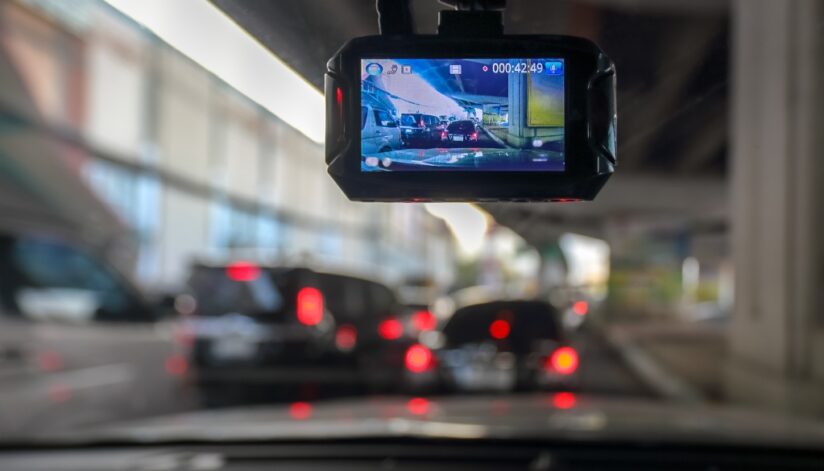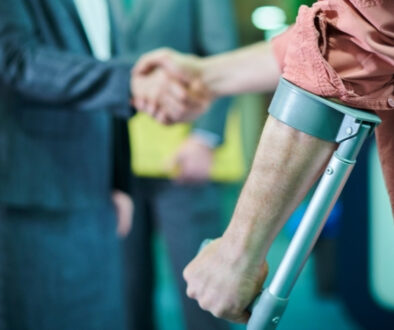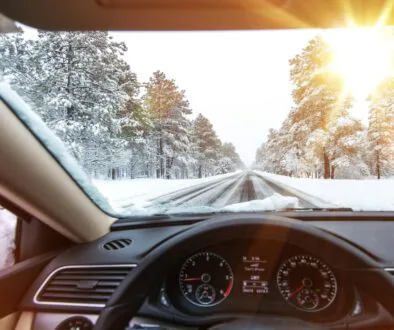Using Dashcam Footage In Car Accident Claims
In today’s technologically advanced world, dashcams have become increasingly popular among drivers. These small, mountable cameras record everything that happens on the road from the driver’s perspective, providing invaluable footage that can be used in various situations, particularly in car accident claims. In Wisconsin, dashcam footage can play a critical role in supporting car accident claims, influencing both insurance and legal cases. At Bosshard Parke, we understand the complexities of car accident claims and how dashcam footage can be a vital piece of evidence.
The Legality Of Dashcam Footage In Wisconsin
Is Dashcam Footage Legal?
In Wisconsin, it is generally legal to use dashcam footage as evidence in car accident claims. However, there are a few legal considerations to keep in mind:
- Privacy Laws: Wisconsin follows one-party consent laws, meaning that as long as one party involved in the recording consents to it, the recording is legal. This means that as the driver, you can record video footage of the road without notifying other drivers or passengers.
- Positioning of Dashcams: Ensure that the dashcam is installed in a way that does not obstruct the driver’s view or violate any state regulations concerning vehicle modifications.
Admissibility In Court
Dashcam footage is generally admissible in Wisconsin courts as long as it is relevant to the case and has not been tampered with. For footage to be admissible, it must meet the following criteria:
- Relevance: The footage must directly relate to the car accident and provide valuable information about the incident.
- Authenticity: The footage must be an accurate and untampered recording of the event. Any signs of editing or tampering can lead to the footage being dismissed as evidence.
- Chain of Custody: Proper handling and storage of the footage from the time of the accident until it is presented in court must be maintained to ensure its integrity.
The Effectiveness Of Dashcam Footage In Car Accident Claims
Providing Clear Evidence
Dashcam footage can provide a clear, unbiased account of the events leading up to, during, and after a car accident. This can help in determining fault, as the footage can capture:
- The exact moment of impact: This helps in establishing the sequence of events.
- Driving behavior: Such as speeding, swerving, or distracted driving by any involved parties.
- Environmental conditions: Including weather, road conditions, and visibility, which might have contributed to the accident.
Influencing Insurance Claims
When filing an insurance claim, dashcam footage can significantly influence the outcome by providing concrete evidence. Insurance companies often rely on police reports, witness statements, and physical evidence from the scene. Dashcam footage can:
- Corroborate your account: The footage can support your version of events and demonstrate that you were not at fault.
- Disprove false claims: If the other party provides a misleading account of the accident, dashcam footage can refute their claims.
- Speed up the claims process: Clear evidence can lead to quicker settlements, as there is less room for dispute about the facts of the case.
Legal Implications
In legal cases, particularly those that go to court, dashcam footage can be a powerful tool in proving negligence or fault. Lawyers can use the footage to:
- Strengthen your case: High-quality video evidence can be more persuasive than verbal testimony alone.
- Negotiate settlements: Knowing that there is concrete evidence, opposing parties may be more inclined to settle the case out of court.
- Protect against counterclaims: If the other party files a counterclaim, dashcam footage can protect you from false allegations.
Steps To Take After a Car Accident Involving Dashcam Footage
1. Ensure Safety And Call Authorities
First and foremost, ensure the safety of all parties involved and call the authorities. Reporting the accident to the police will result in an official accident report, which is a key piece of evidence in any claim.
2. Preserve The Dashcam Footage
Immediately preserve the dashcam footage. Ensure that the device is turned off correctly to prevent overwriting the recording. Save a backup copy to another device or cloud storage.
3. Notify Your Insurance Company
Inform your insurance company about the accident and let them know that you have dashcam footage. Provide them with a copy of the footage to support your claim.
4. Consult With An Attorney
Contact a knowledgeable personal injury attorney who can review the footage and provide legal advice on how to proceed with your claim. An attorney can help ensure that the footage is used effectively to support your case.
Conclusion
Dashcam footage can be a game-changer in car accident claims, providing clear, objective evidence that can support your case and expedite the claims process. However, navigating the legalities and ensuring the proper use of such footage requires careful handling and expert guidance. At Bosshard Parke, we are here to help our clients of the Coulee Region leverage all available evidence, including dashcam footage, to secure the best possible outcomes in their car accident claims.
Disclaimer: This article is for informational purposes only and should not be considered legal advice. For specific guidance on car accident claims and the use of dashcam footage, please consult with a qualified attorney at Bosshard Parke.




